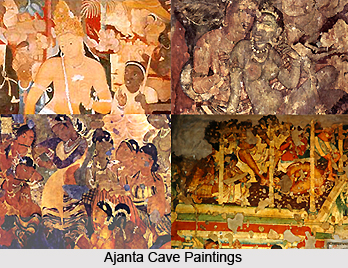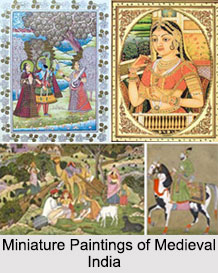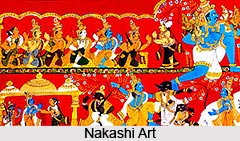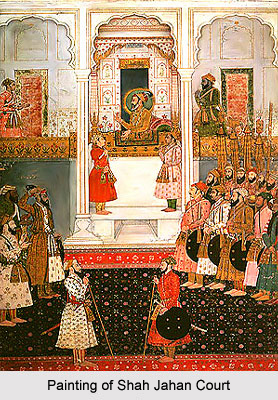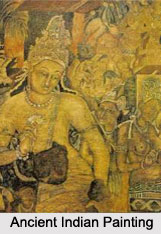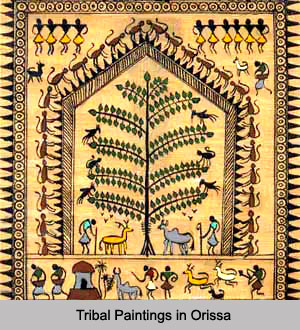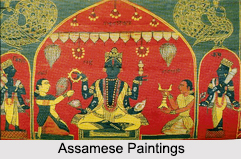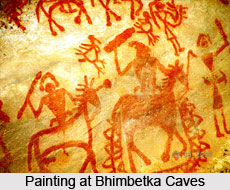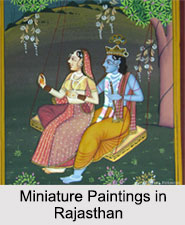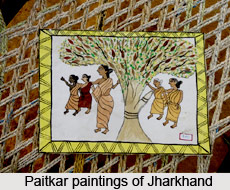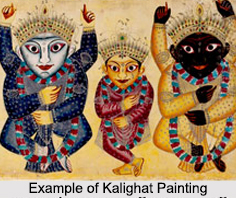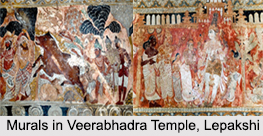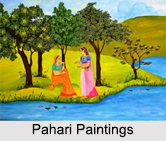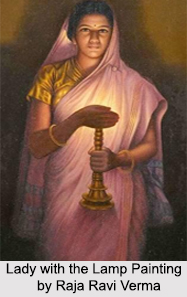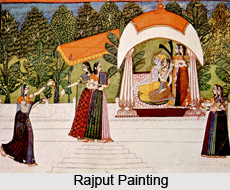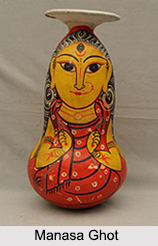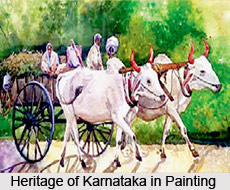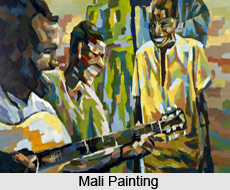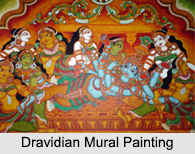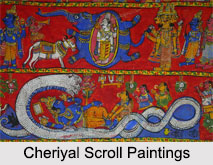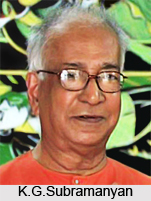 K.G.Subramanyan (1924) is a revered artist, a brilliant theoretician, an essayist and craftsman. He is one of the country`s most influential teachers at the Baroda University. Subramanyan has adorned at least one large one with a major mural in terracotta, a material for which he has an inbuilt sympathy. Subramanyan had gone to Baroda in the year 1951 and after an impressive career he returned to Shantiniketan in 1980 as a Professor of Painting. He joined Shantiniketan in 1944 at the invitation of Bose. His tutor was Benode Bihari Mukherjee.
K.G.Subramanyan (1924) is a revered artist, a brilliant theoretician, an essayist and craftsman. He is one of the country`s most influential teachers at the Baroda University. Subramanyan has adorned at least one large one with a major mural in terracotta, a material for which he has an inbuilt sympathy. Subramanyan had gone to Baroda in the year 1951 and after an impressive career he returned to Shantiniketan in 1980 as a Professor of Painting. He joined Shantiniketan in 1944 at the invitation of Bose. His tutor was Benode Bihari Mukherjee.
The turning point in his life came when he visited Shantiniketan to study in Kala Bhavan, the art faculty of Visva Bharati University, in the year 1944. He found a friend in Vaij who was the country`s foremost sculptor and a prolific painter in oils. Subramanyan`s early work is influenced by Vaij`s paintings. Shantiniketan`s well-known creative trinity - tradition, nature and freedom impressed him and found inspiration by learning various techniques from professional hereditary craftsmen.
He became a lecturer at the Faculty of Fine Arts in M.S. University in Baroda in 1951. Subramanyan`s career as an artist began in 1955 with a one-man exhibition in Delhi organized by the Silpi Chakra Group. His pictures have a Matisse-like ornamentation with the directness of Kalighat pats in a spatial framework. Courtesan-like women often appear to seduce, tease, provoke and amuse, lending his work a delightful humour. There is story-telling laced with satire and humour in his terracotta reliefs.
His mid-1970s terrace reminds one of Pop art. One of his remarkable works is the monumental terracotta mural for a theatre in Lucknow named after Rabindranath Tagore. He has been an effective champion of the traditional crafts. He continues to be a mentor to a whole generation of younger artists.
As a theorist he has re-contextualized Western theories and practices in the Indian or Oriental context, as well as pointed out the fundamental differences between the Western and Indian social realities. As an artist he is one of the versatile practitioners, having done works, apart from painting, in the traditions of mural, various craft traditions of India, toy-making, pottery, illustration & design, terracotta sculpture. Inherent wit, ironies, satire and critical social commentaries characterize his paintings.
